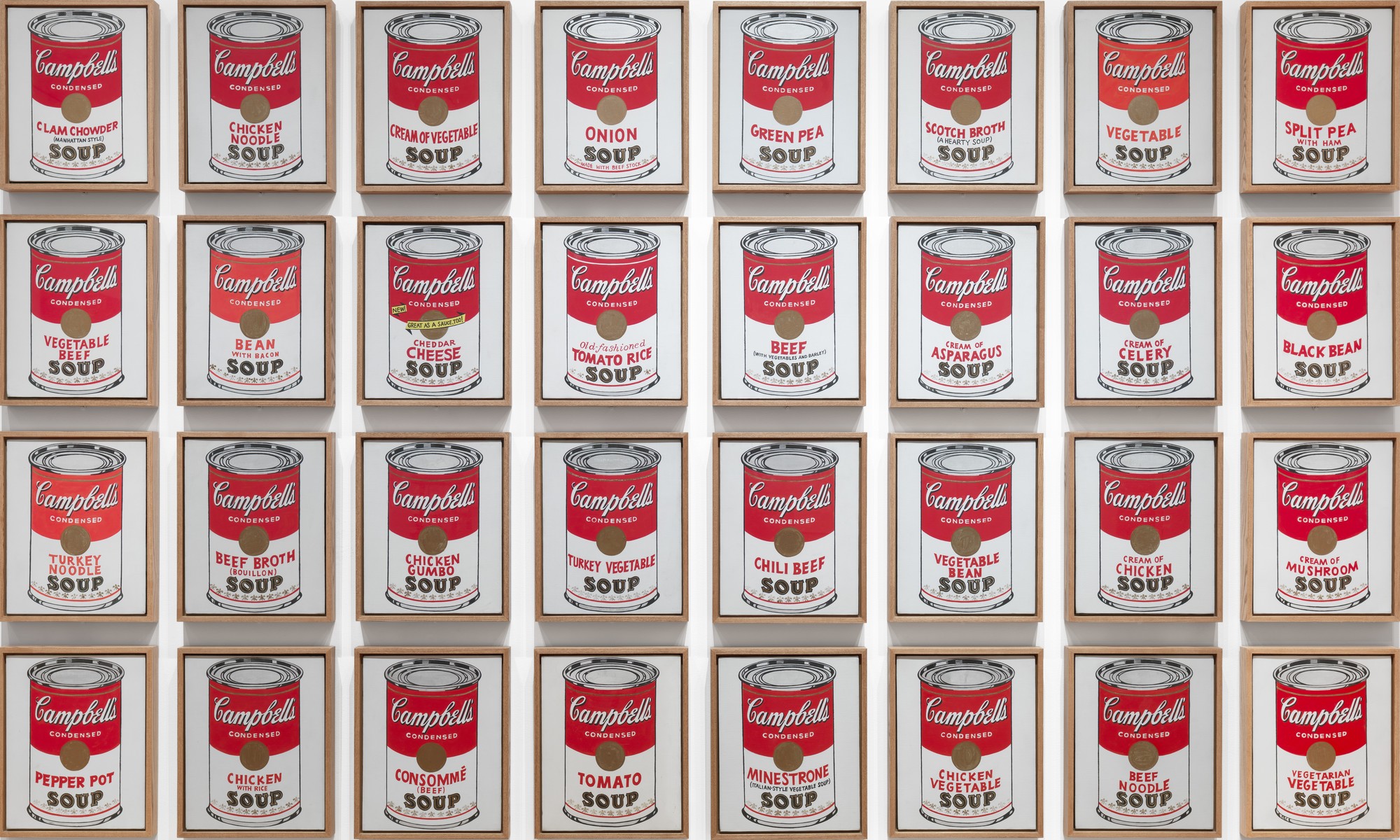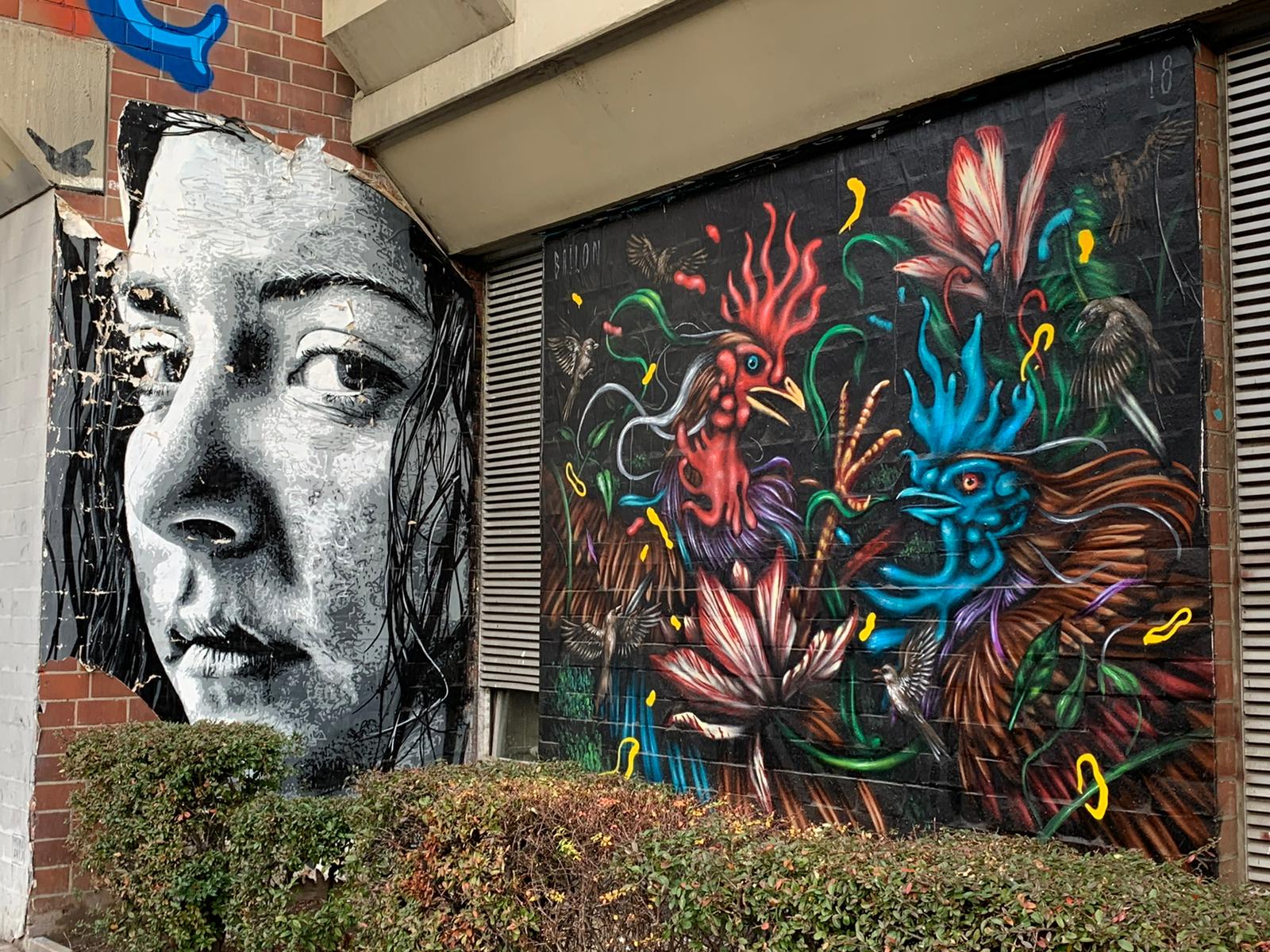אתם בטח שואלים את עצמכם, מה זה NFT? NFT זה קיצור של "אסימון חסר תחליף". עדיין לא ברור? נסביר. בעצם, זה אומר שמשהו הוא ייחודי ולא ניתן להחלפה במשהו אחר. בעולם המטבעות הקריפטוגרפיים למשל, ביטקוין הוא בר-החלפה. אתם יכולים להחליף ביטקוין אחד באחר ולקבל בדיוק את אותו הדבר. לעומת זאת, קלף אספנות ייחודי הוא חסר תחליף. אם תחליפו אותו בקלף אחר, תקבלו משהו שונה לגמרי.
NFTs הם בדרך כלל חלק מבלוקצ'יין את'ריום, שהוא סוג של מטבע קריפטוגרפי, אבל הבלוקצ'יין הזה גם תומך ב-NFTs, ששומרים מידע מעבר למטבעות אחרים. כל אחד מהם שונה, ולכל אחד יש חתימה דיגיטלית שמונעת אפשרות להחליף אותו במשהו שווה ערך למה ששולם עליו. לבעלי NFT יש זכויות בעלות בלעדיות, ואף NFT לא יכול להיות בבעלות של יותר מאדם אחד בכל זמן נתון. הבעלים או היוצר יכולים לאחסן מידע מסוים בפנים, מה שאומר שאמנים יכולים לחתום על היצירות שלהם על ידי הוספת החתימה שלהם למטא-דאטה של ה-NFT.
NFTs יכולים להיות מוצגים ביצירות שונות דיגיטליות- כמו ציורים וקטעי מוזיקה
מה שמלהיב אותנו הכי הרבה הוא ללא ספק האפשרות להשתמש בטכנולוגיה הזו למכירת אמנות דיגיטלית. השיח הגדול בעולם ה-NFT מתמקד בהתפתחות של איסוף אמנות מרשימה בצורה דיגיטלית. יצירות אמנות דיגיטליות, כמו יצירת וידאו של Grimes, נמכרו בסכום של 6.6 מיליון דולר. העניין הוא, שאנשים יכולים להוריד את אותו קובץ דיגיטלי כמה פעמים שירצו, אבל NFTs נועדו לתת לך משהו שאי אפשר להעתיק – בעלות על היצירה. כדי להסביר זאת במונחים של איסוף אמנות פיזית – כל אחד יכול לקנות הדפס של מונה, אבל רק אדם אחד יכול להחזיק את המקור.
אז למה NFT כלכך אטקרטיבי לאמנים ולרוכשי יצירות אם אפשר פשוט להוריד את היצירה בעת הרכישה?
אלו בהחלט מחשבות לגיטימיות, אבל ל-NFT יש מגוון רחב של יתרונות. קודם כל, עבור אמנים שמעוניינים למכור דרך NFT, זה מציע דרך למכור יצירות שאולי לא היה להן שוק רחב בצורה אחרת. מאחר שהמכירה מתבצעת באינטרנט, ניתן להגיע לקהל רחב יותר שמתעניין במיוחד במסחר באמנות מסוג מסויים. ל-NFT יש גם אפשרות להפעיל תכונה שמאפשרת לך לקבל אחוז מכל פעם שה-NFT נמכר או עובר בעלות. זה מבטיח שהיצירה שלך תוכל להפוך לפופולרית מאוד, והערך שלה ימשיך לגדול עם הזמן.
כקונים, ל-NFT יש יתרונות ברורים, כמו תמיכה באמן. כמובן, מעבר לזכויות ההתרברבות על כך שאתה מחזיק ביצירת אמנות ייחודית, יש לך גם את הגיבוי של רישום בבלוקצ'יין שמאמת את הבעלות. ב-NFT, כמו באיסוף אמנות קלאסית, אתה רוכש יצירה מתוך תקווה שהערך שלה יעלה, כך שיום אחד תוכל למכור אותה מחדש ולהרוויח.
מנקודת המבט שלנו, NFT הוא העתיד של מסחר באמנות. עם האפשרות להגיע לקהל עולמי, אמנות יכולה להגיע לרוכשים שבאופן אחר לא הייתה להם גישה אליה. מההיבט הכלכלי, NFT הוא השקעה טובה שאנחנו רואים כאפשרות להגדיל את ערכו עם הזמן.אנחנו נרגשים לראות מה צופן העתיד בעולם ה-NFT, ומלאי תקווה שנוכל לאמץ את כל היתרונות שהוא מביא איתו.
אנחנו מרגישים שהמותג שלנו, כיחידה שלמה, מגלם בתוכו את החדשנות ש-NFT מציע, תוך שמירה על החיבור לעולם האמנות הקלאסי. השילוב בין השניים הוא מה שמלהיב אותנוב מיוחד.





